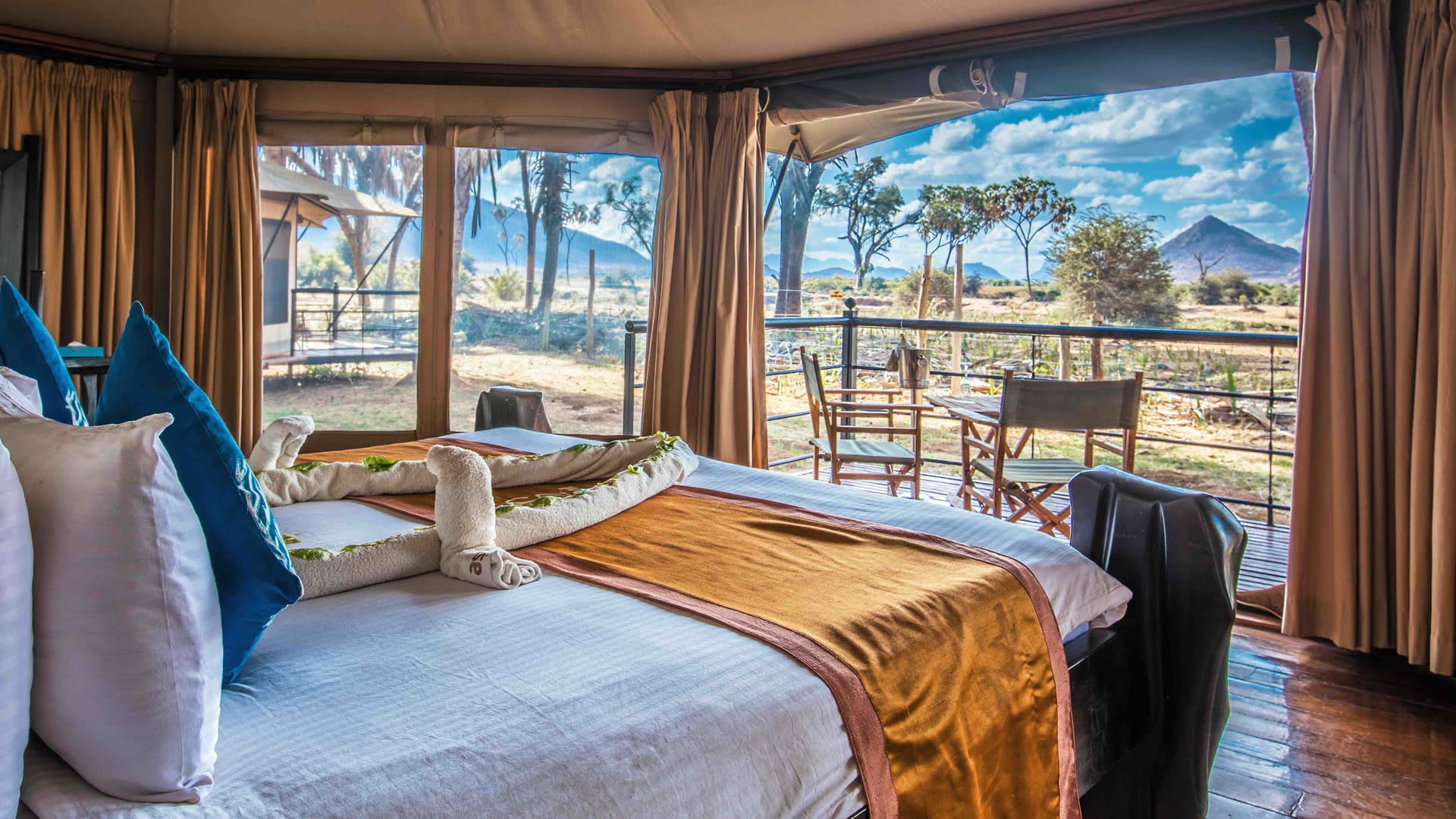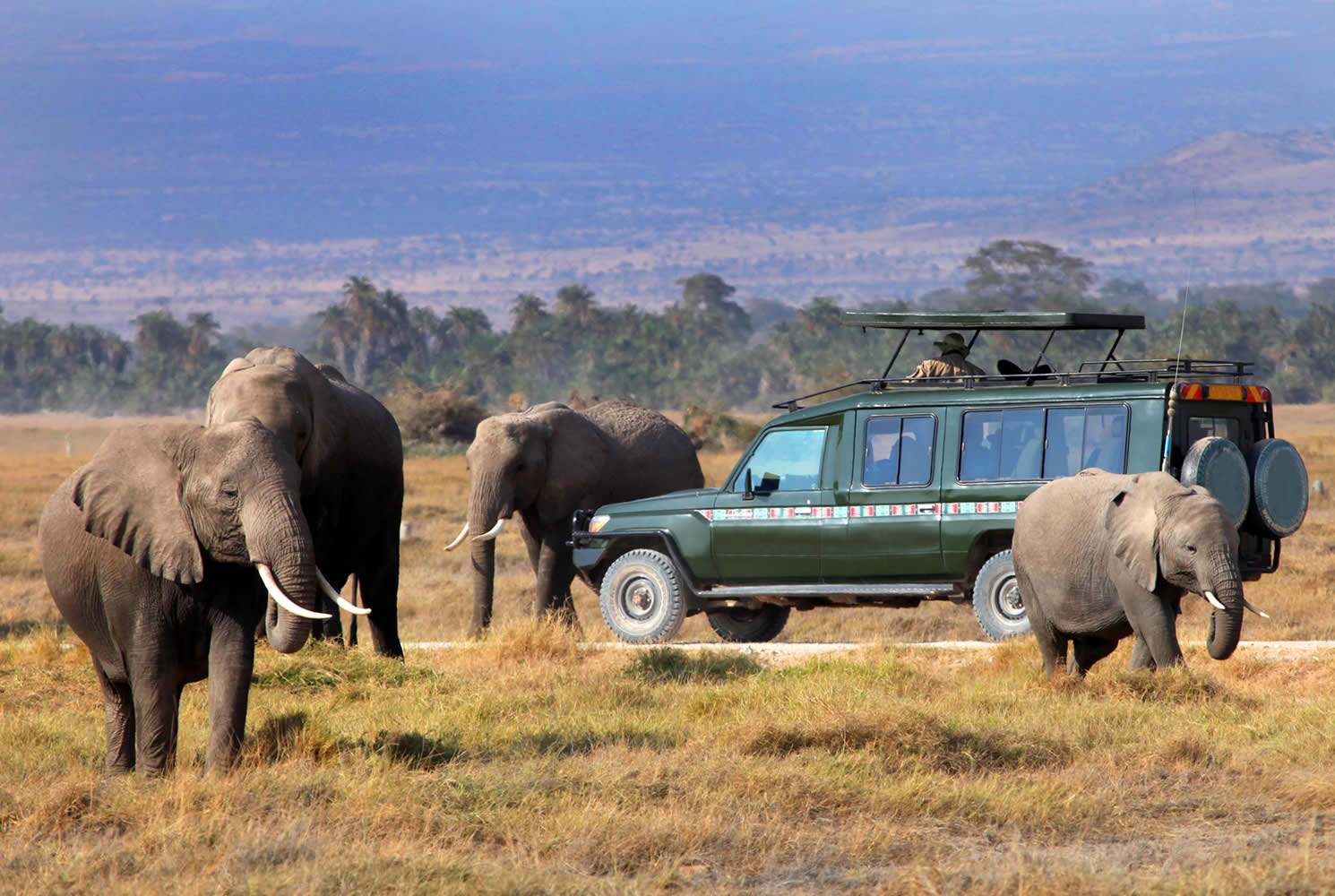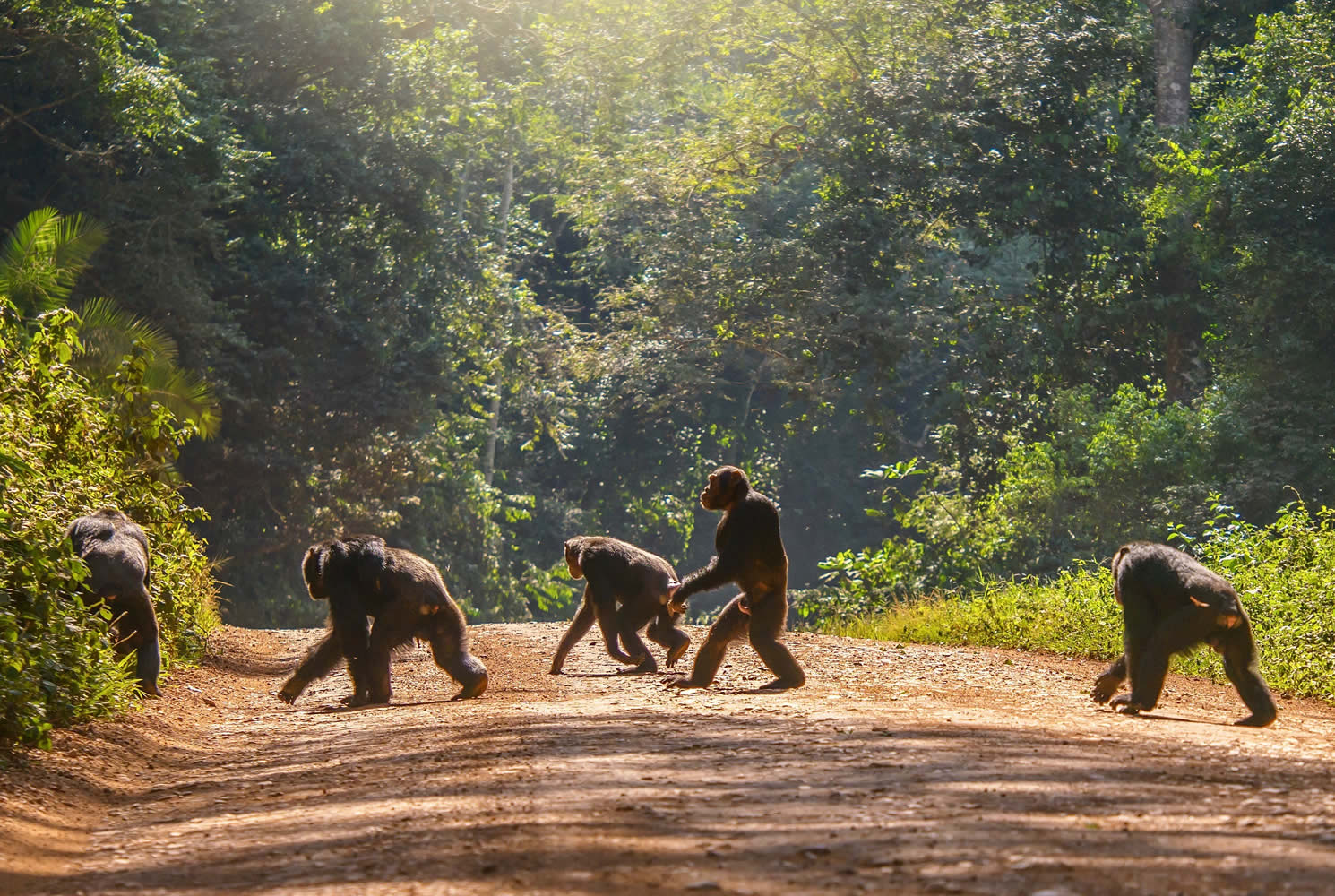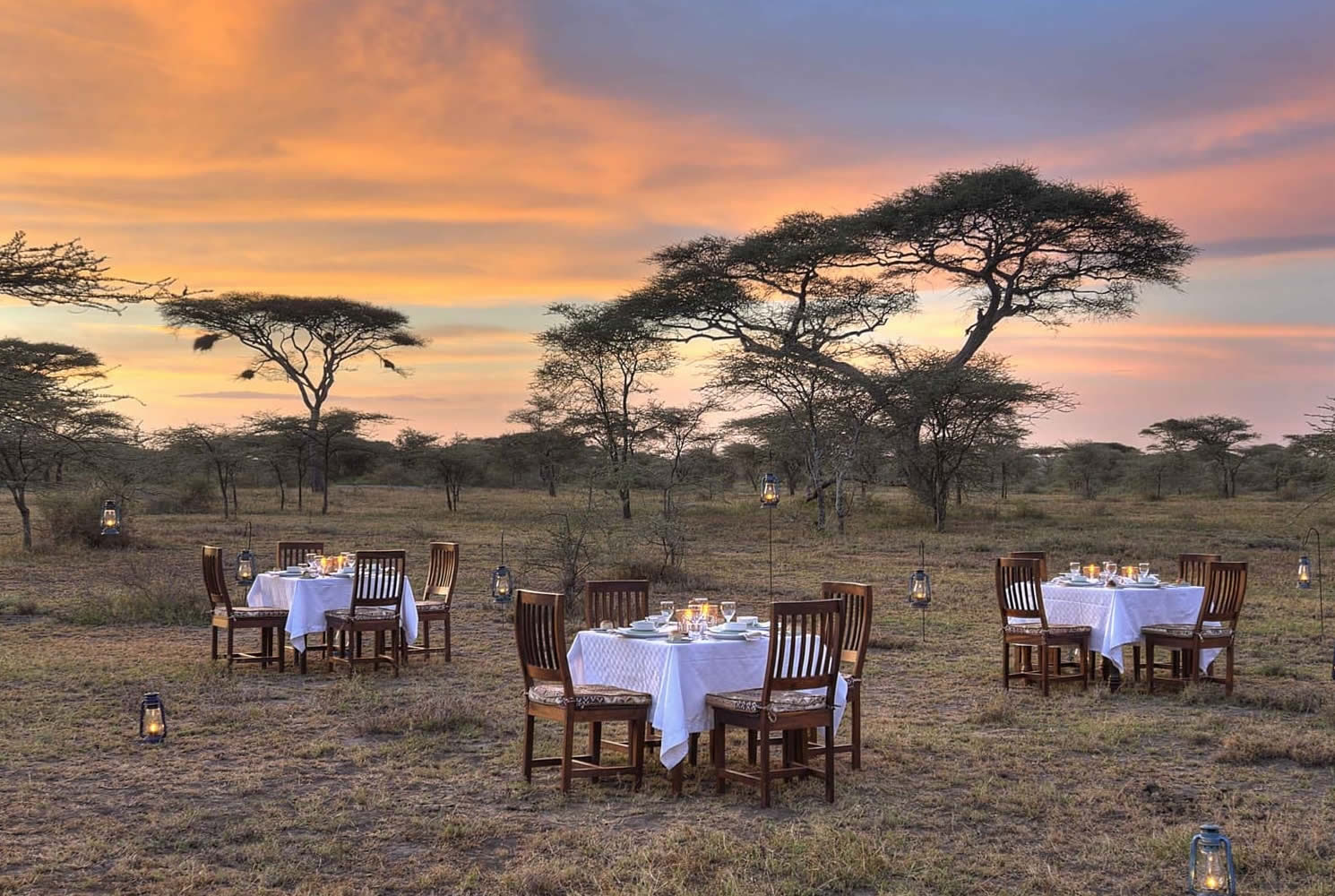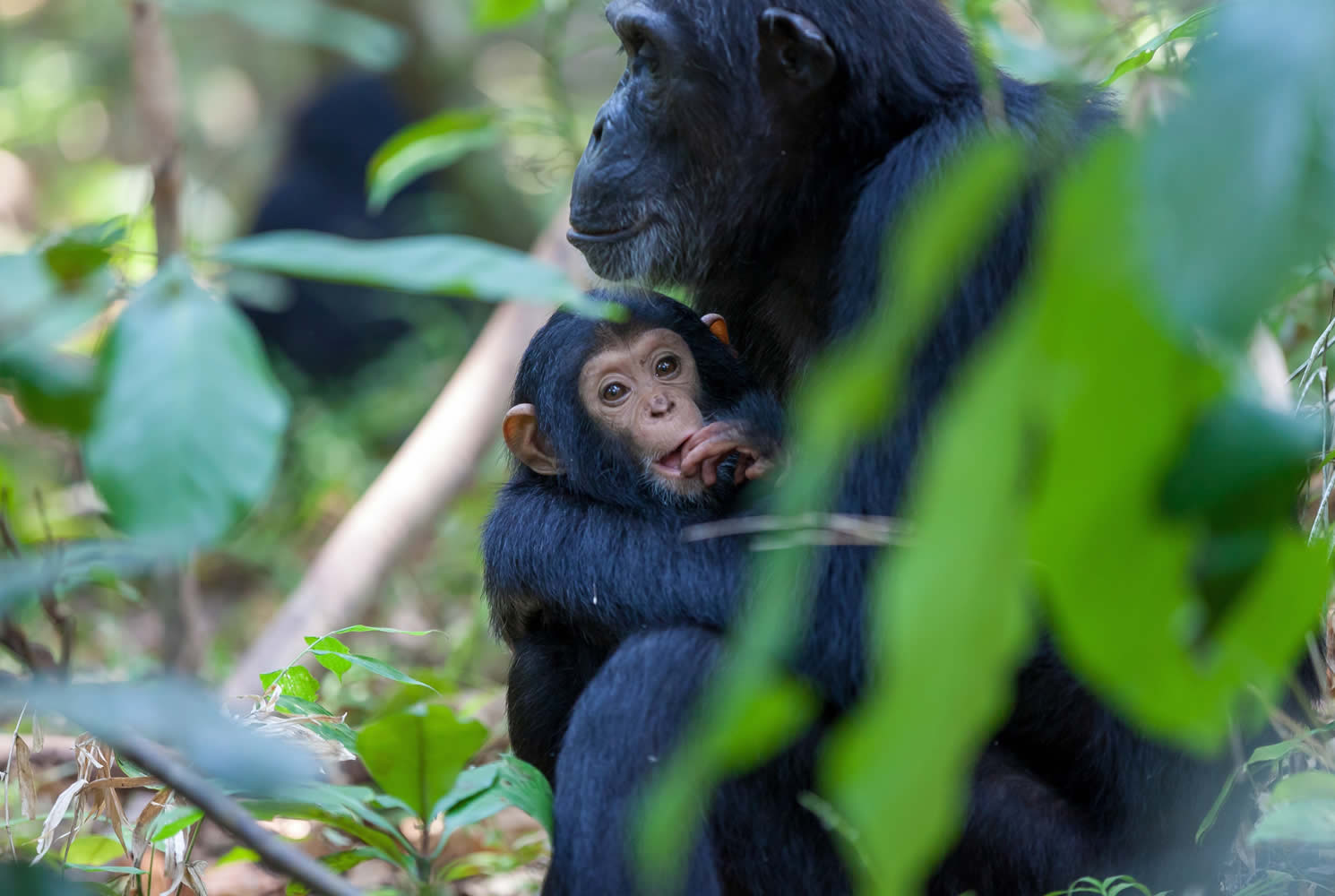Samburu National Reserve
Samburu National Reserve is a rugged and semi-desert park located in Samburu district in the Rift Valley Province in central Kenya. The park neighbors the homes of the Samburu tribe of Kenya, a tribe known for their remote culture, pastoral and nomadic way of life.
Samburu National Reserve consists of a low lying, semi arid plain on the southern bank of the northern Ewaso Ngiro River. The reserve which lies 9km east of Buffalo Springs National Reserve was gazetted in 1974. The beautiful stark landscape is dominated by Samburu Hill in the south, at the foot of which is a rugged area with steep ravines.
The Ewaso Nyiro River is the lifeline of the area. Crocodile and hippo share the river with many small herds of elephant who bathe and frolic in the muddy brown waters during the heat of the day, before returning later to browse the lush vegetation of the riverine forest.
“The true wilderness of Africa” - Isolated, Wild and truly fascinating with varied wildlife that cannot be found anywhere else.



